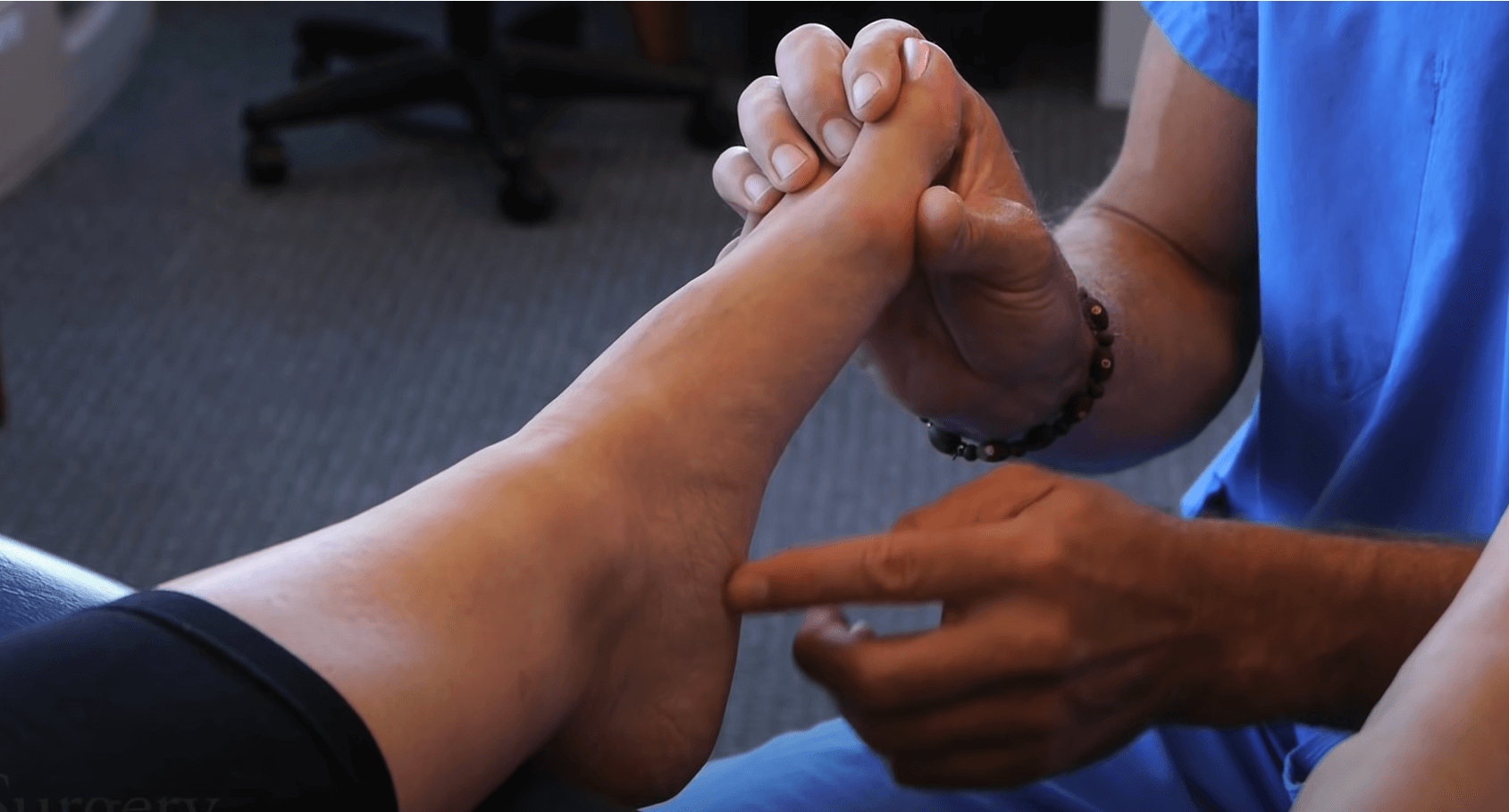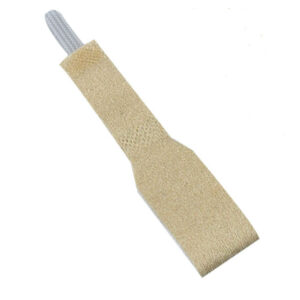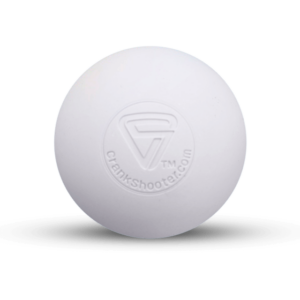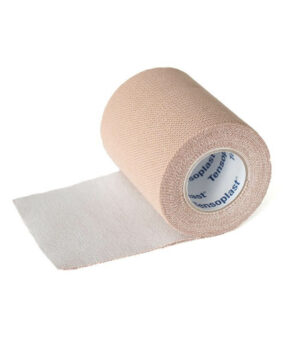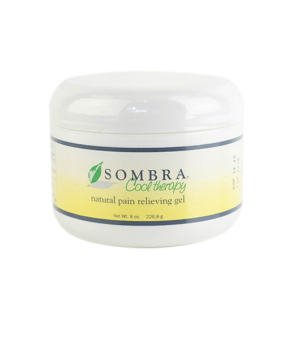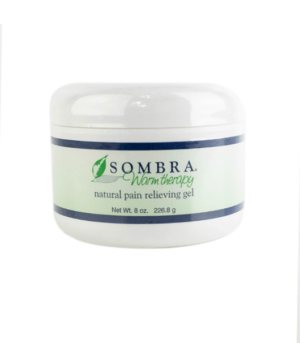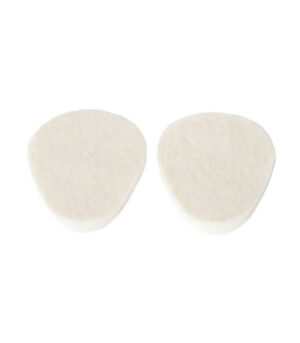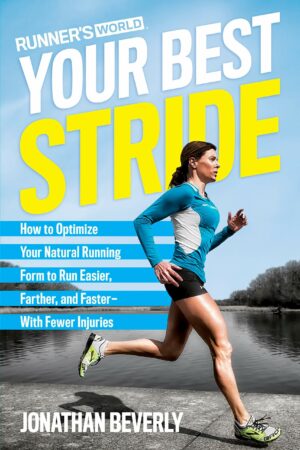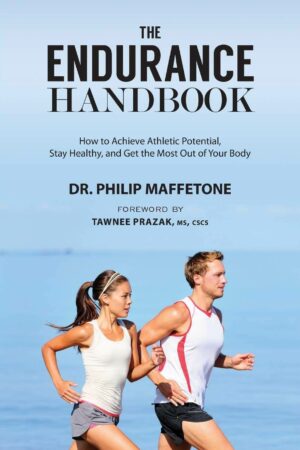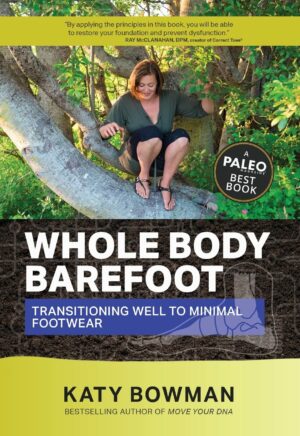The natural foot health journey starts at birth. Most of us are born with perfectly shaped feet that are teeming with the potential to become strong and balanced, adaptable to varying terrains and environments. Children’s foot health is typically simple at the beginning—most babies remain barefoot or in socks, allowing their toes to splay and move naturally. When learning to walk, toddlers will do best barefoot because this allows for the most neuromuscular stimulation and feedback, which is important for developing proprioception (awareness of self in space) and balance. The sole of each foot contains around 200,000 nerve endings that provide important sensory information vital for developing a healthy gait with strong feet and legs.

Inflexible shoes with thick rubber outsoles and cushioned insoles will surely “protect” and “support” the feet; however, these features will also significantly interrupt—if not completely block—much of the foot’s ability to relay information to the rest of the brain and rest of the body. Natural footwear that’s flat, flexible, and shaped like a foot (widest at the tips of the toes) can be a harmonious compromise between protecting the foot and still encouraging natural foot function.
Footwear choice can be critical in development. Research tells us that growing up barefoot influences the development of foot and arch shape in children and adolescents when compared to those who grew up mostly wearing shoes. According to a systematic review and meta-analysis study, shoes have several effects on a child’s gait such as increasing stride length, encouraging heel strike and reducing foot motion compared to being barefoot. We also know that natural or “barefoot” shoes will affect the foot and gait characteristics in toddlers differently than conventional shoes. The long-term effects of these changes on growth and development are unknown, but theoretically, they pose some potential obstacles. Conventional bulky and stiff fashion footwear limits the foot’s ability to both move freely and feel the ground surface — two vital components to developing a strong foundation.
Most infant “shoes” are already flat, thin, flexible, and widest at the tips of the toes. Over the past decade, natural footwear options for adults have grown exponentially. However, as toddlers grow and age into kids and then teens, it can sometimes be tricky to find healthy footwear in these “in-between” sizes. Here are some of our favorite shoe brands for kids’ feet that are growing into adolescent and adult sizes:
Splay! Shoes


Xero Shoes

Vivobarefoot Shoes


Be Lenka Shoes


Wildling Shoes


Softstar Shoes







